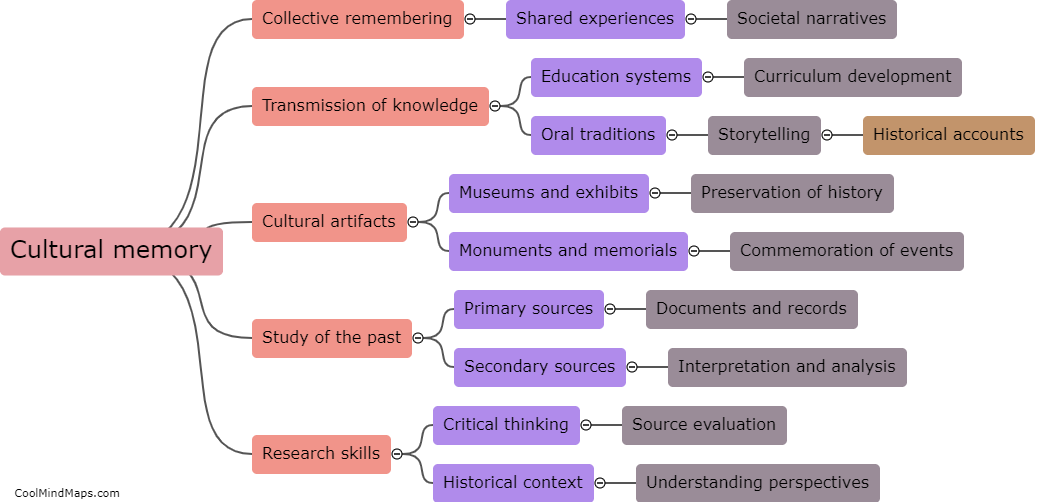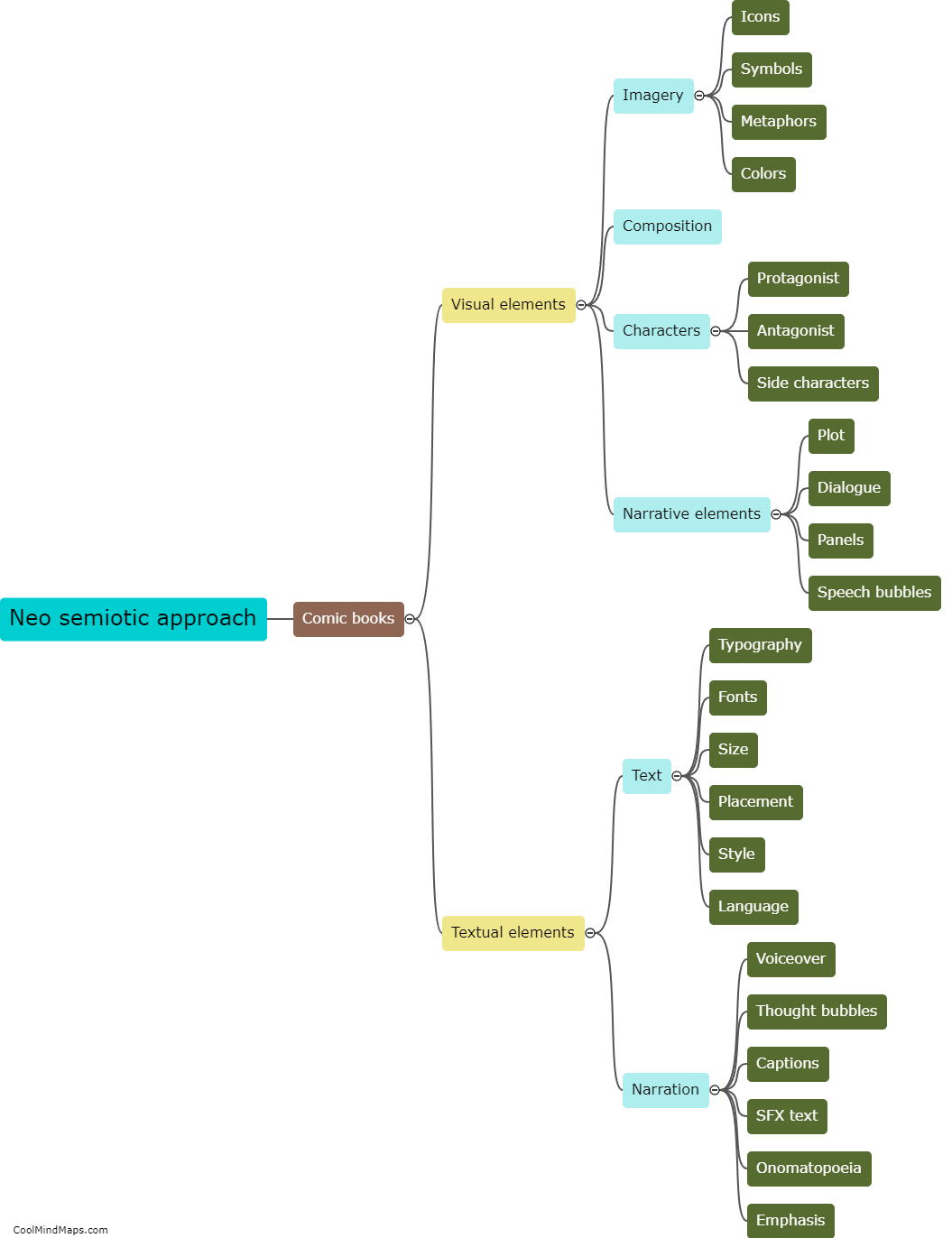How do Andy Warburg and Maurice Halbwach define memory?
Both Andy Warburg and Maurice Halbwach approach the concept of memory from different perspectives. Andy Warburg, a German art historian and cultural theorist, emphasized the role of images and symbols in memory formation. He argued that memory is not a fixed entity but rather a dynamic process influenced by images and their meanings. Warburg believed that memory is shaped by an ongoing dialogue between individual experiences and collective cultural memory. On the other hand, Maurice Halbwach, a French sociologist, focused on the social nature of memory. He proposed that memory is a collective phenomenon that is constructed and maintained through social interactions within a particular group or society. Halbwach argued that individual memory is always embedded within and shaped by a social framework, and that shared mnemonic frameworks are essential for the process of remembering. In summary, while Warburg highlights the role of images in memory, Halbwach emphasizes the social context and collective nature of remembering.

This mind map was published on 23 October 2023 and has been viewed 97 times.











